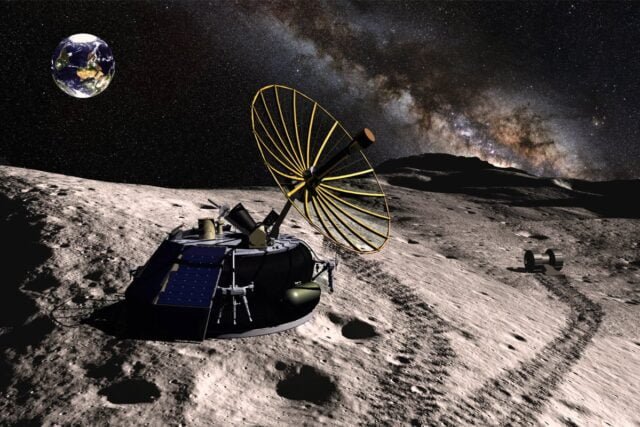
Interlune, a pioneering startup led by former Blue Origin executives, is embarking on an ambitious mission to mine helium-3, a rare isotope, from the moon by the year 2030. This initiative not only promises to revolutionize the energy sector but also to pave the way for advancements in various technologies.
Key Highlights:
- Initial Prospecting: Plans to send a small-scale payload for prospecting helium-3 on the moon as early as late 2026.
- Pilot Plant Testing: A follow-up mission in 2028 to test the robotic harvester and demonstrate helium-3 extraction and transportation capabilities.
- Commercial Operations: Aim to start commercial operations and sell helium-3 by the 2030s.
- Sustainable Mining Approach: Commitment to sustainable and responsible mining practices, ensuring minimal environmental impact on the lunar surface.
- Collaboration with Space Companies: Reliance on existing space vehicles and landers developed by other companies for transportation needs.
Understanding Helium-3 and Its Importance
Helium-3 is a stable isotope with potential applications across various fields. It’s touted as a cleaner, safer fuel for future fusion reactors, which could provide vast amounts of energy without the radioactive byproducts associated with current nuclear fission processes. Apart from its energy potential, helium-3 has uses in cooling quantum computers, detecting nuclear material, and medical imaging, particularly in lung scans.
The catch, however, lies in helium-3’s rarity and high cost on Earth, driving the interest towards lunar mining where it’s more abundant. Interlune’s project is eyed as a crucial step in harnessing this resource, potentially leading to a significant shift in the global energy landscape and beyond.
The Path Forward
Interlune’s approach is marked by a series of strategic steps, starting with prospecting missions to accurately measure the abundance of helium-3 on the lunar surface. These missions aim to validate the feasibility and efficiency of their extraction technology, with the ultimate goal of establishing a sustainable mining operation. By focusing initially on helium-3, Interlune plans to lay the groundwork for a broader in-space economy, encompassing water, rocket propellants, and construction materials for space-based businesses.
Despite the high stakes and substantial initial investment required, the forecasted rise in helium-3 demand and the potential for groundbreaking applications in energy and technology have bolstered confidence in the project’s viability and profitability.
A Vision Aligned with Space Exploration Goals
Interlune’s vision extends beyond immediate commercial interests, aligning with broader objectives of space exploration and utilization. By pioneering sustainable extraction methods and contributing to the infrastructure for an in-space economy, Interlune aims to complement ongoing efforts by space agencies and other private entities in making space more accessible and productive for humanity’s future needs.
Interlune’s mission to mine helium-3 from the moon represents a bold leap towards solving some of the most pressing challenges in energy, technology, and space exploration. With a strategic plan in place and a commitment to sustainability, the project stands as a testament to the potential of private industry to contribute significantly to our understanding and utilization of space resources.








